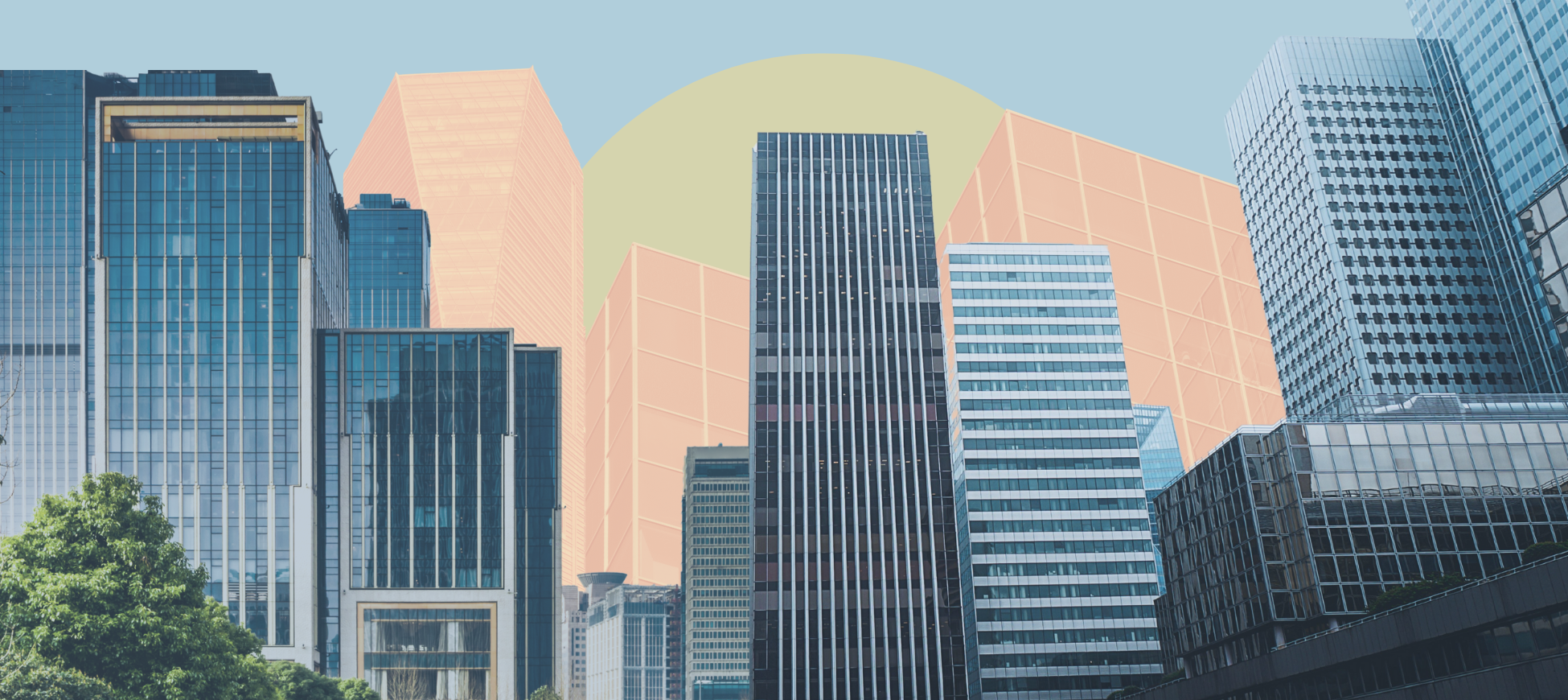This excerpt was originally published in City Journal on August 29, 2022. Read the complete post here.
Repurposing office space can ensure that city centers remain vibrant in the remote-work age
by Connor O’Brien
The rise of remote employment may benefit workers who suddenly have access to a wider national labor market, but it has left many office-heavy corridors of city downtowns half-empty. Some U.S. cities rich in specialized white-collar workers, such as New York, San Francisco, and Washington, D.C., risk being left with permanently suppressed demand for office space and high apartment rents that push newly virtual workers out to the suburbs.
Revamping commercial corridors for mixed or residential use presents a compelling option for cities with still-sluggish office markets: here is a chance to put vacant office space on valuable land to better use while easing urban housing shortages. If as many as 40 percent of office workers in cities like New York ultimately work from home in a post-pandemic world, these office-to-residential conversions will be unavoidable. But office conversions will not happen on their own unless cities make a serious effort to bring down their cost.
Conversions tend to be inconvenient and expensive, particularly for postwar structures with large floor plates. Modern office buildings are typically wide and filled with windowless offices, storage rooms, and elevator shafts. Since apartments require natural light, converting buildings with deep footprints will yield dark, long units. Some buildings are so deep that the only feasible conversions involve cutting an interior courtyard. And tearing out or redirecting existing HVAC, plumbing, and electricity to individual apartment units is costly and time-consuming.
To continue reading, view the original publication here.






